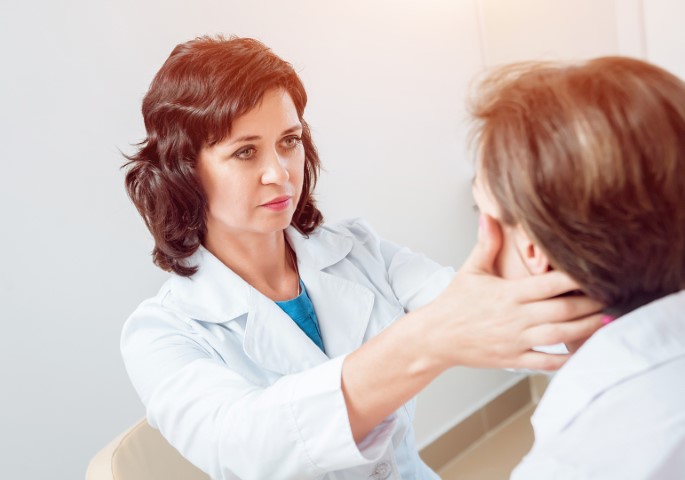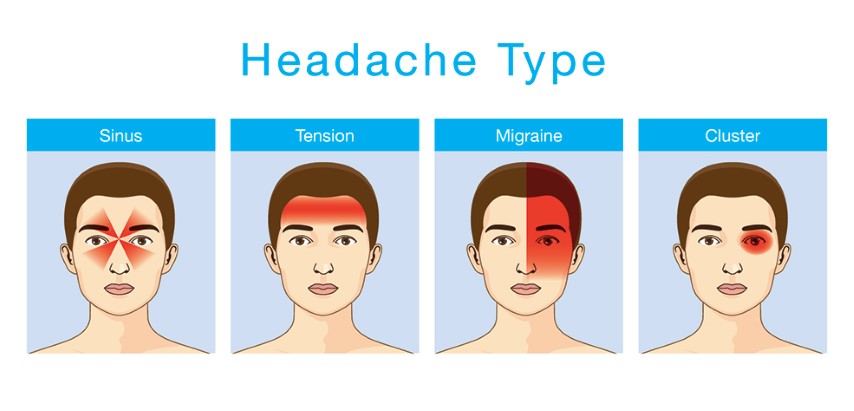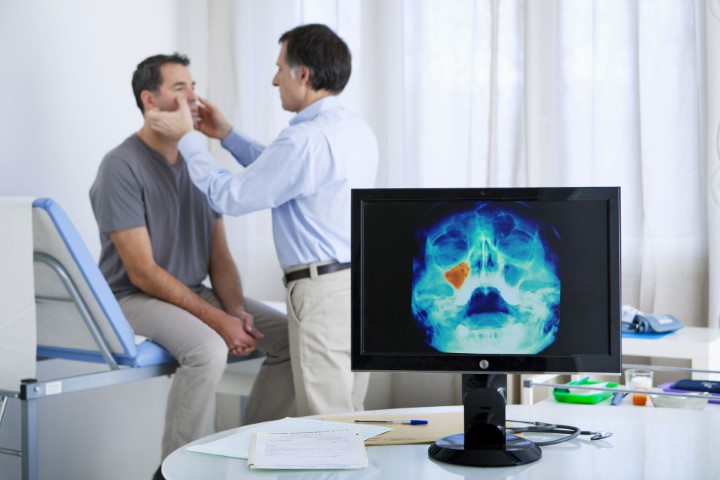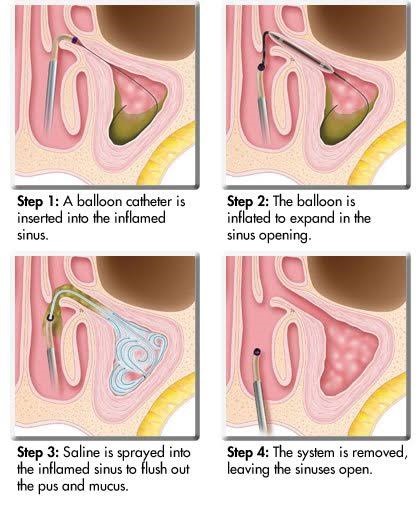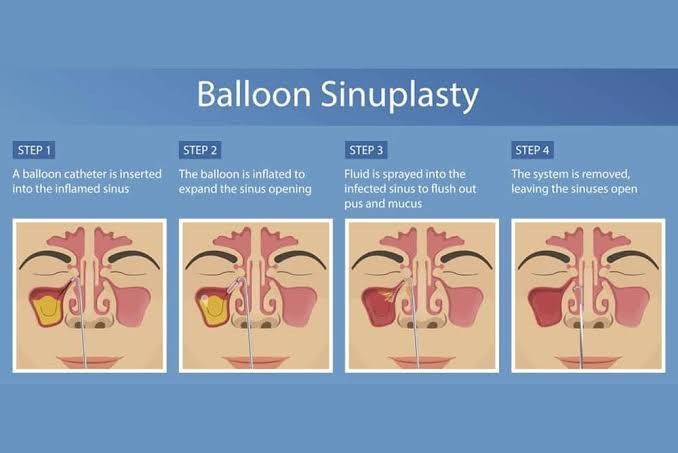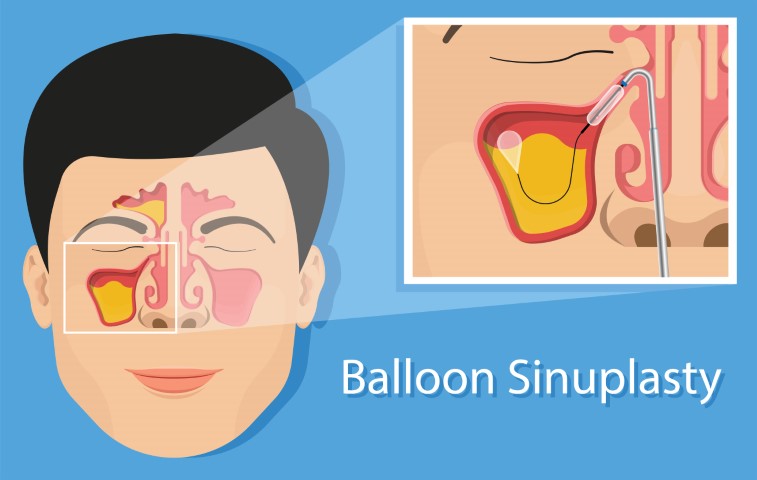Ovarian cancer is the third most common gynecological cancer in Indian women. and it causes more deaths than any other cancer of the female reproductive system. While the rate at which ovarian cancer can be fatal is 1 in 108, it is a hopeful statistic that the rate at which women are diagnosed with ovarian cancer has been slowly falling over the past 20 years.
What is Ovarian Cancer?
The ovaries are small organs located on either side of the uterus. Their function is to produce eggs for reproduction. Ovarian cancer can form in different parts of the ovary.
Germ cells are the cells that become eggs in the ovaries, stromal cells make up the substance of the ovary, and epithelial cells are the outer layer of the ovary. Ovarian cancer can start in either of these cells.
Genetic mutations that are responsible for cancer may be hereditary or they can be acquired. Doctors studying ovarian cancer are trying to identify which of these mutations are responsible for cancer. Ovarian cancer can develop in a woman of any age, although it is most commonly diagnosed in postmenopausal women between the ages of 55 and 64
How is Ovarian Cancer Diagnosed?
Pelvic Exam
Pelvic exams are routine exams done by a primary-care doctor or an obstetrician-gynecologist. The doctor feels for an enlarged ovary and any signs of fluid in the abdomen by inserting two gloved fingers into the vagina and places the other hand on the abdomen. This helps the doctor to check the size, shape, and consistency of the ovaries and uterus.
A pelvic exam may also help to detect conditions such as pelvic inflammatory disease, cervical polyps, uterine fibroids, genital warts, bacterial vaginosis, etc.
While detecting ovarian cancer through a pelvic exam is rare. The doctor may ask the patient to take a few more tests to confirm a diagnosis.
Imaging tests
Transvaginal ultrasound:
Imaging tests such as a transvaginal ultrasound uses high-energy sound waves to detect abnormalities like ovarian tumors, etc. These abnormalities may appear as solid or as a fluid-filled cyst. This imaging test also helps visualize the size of the ovary along with other irregularities in the reproductive system, i.e, the vagina, the bladder, the fallopian tubes.
The doctor or ultrasound technician inserts a probe into the vagina to capture images of the organs and tissues.
Ovarian biopsy: While ultrasound can detect an irregularity, it can’t determine whether the mass is cancerous or not. This requires a biopsy.
A CT scan or a Computed tomography is used to locate a tumor before surgery. It can also help determine tumor size, and detect whether or not the other organs are affected. An MRI or magnetic resonance imaging has greater soft tissue contrast than a CT scan and hence is extremely useful in detecting tumors or recurrences in other organs in the body. This is why an MRI is often used in combination with other tests as part of the evaluation process.
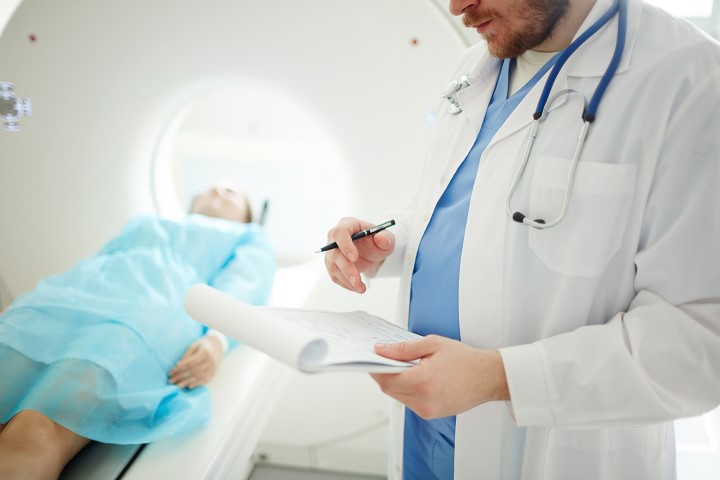


Positron emission tomography-computed tomography or a (PET/CT) scan is sometimes used to help diagnose ovarian, fallopian tube, or peritoneal cancer. The scan can measure a tumor’s ability to use a type of sugar: glucose. Faster growing cells utilize more sugar and show up brighter on this imaging test, hence indicating the presence of cancer.
Treatment of Ovarian Cancer
The treatment of ovarian cancer depends on factors such as the type of ovarian cancer, the stage at which it is, and whether or not one wants to have children in the future.
Surgery
Once the diagnosis and the stage of the cancer are determined, cancer can be removed via surgery. During the procedure, the surgeon will remove all the tissue that contains cancer. The doctor might also ask the patient to take a biopsy to see if cancer has spread.
If one wants to have children in the future but has stage 1 cancer, the surgery can include the following modifications:
- removal of the ovary that has cancer
- biopsy of the other ovary
- biopsies of other tissues and collection of fluid inside of the abdomen for further evaluation
- removal of the fatty tissue, or omentum connecting to the abdominal organs
- removal of abdominal and pelvic lymph nodes
Advanced ovarian cancer surgery
If one has stage 2.3 or 4 cancer, and one does not want to have children in the future, the surgery is more extensive.
The procedure includes the complete removal of areas and organs involved with cancer
Removal of:
- The Uterus
- Both the ovaries and fallopian tubes
- The omentum
- As much tissue that has cancer cells
And biopsies of any tissue that might be cancerous.
Chemotherapy
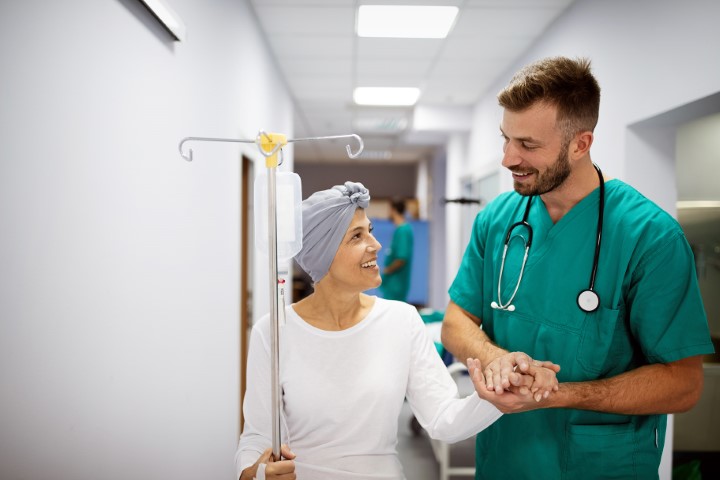


Chemotherapy is usually the next step after surgery. Medications can be given through the abdomen or intravenously.
Some side effects of chemotherapy can include:
- nausea
- vomiting
- hair loss
- fatigue
- problems sleeping
Ovarian cancer is a serious condition that comes with a physical as well as an emotional toll on the patient. It is highly advisable that one that is experiencing the symptoms mentioned above immediately consult their doctor to undergo the proper diagnosis. It is important to understand every aspect of the condition before going into treatment.



